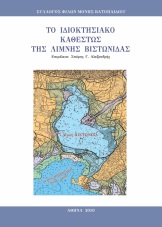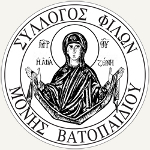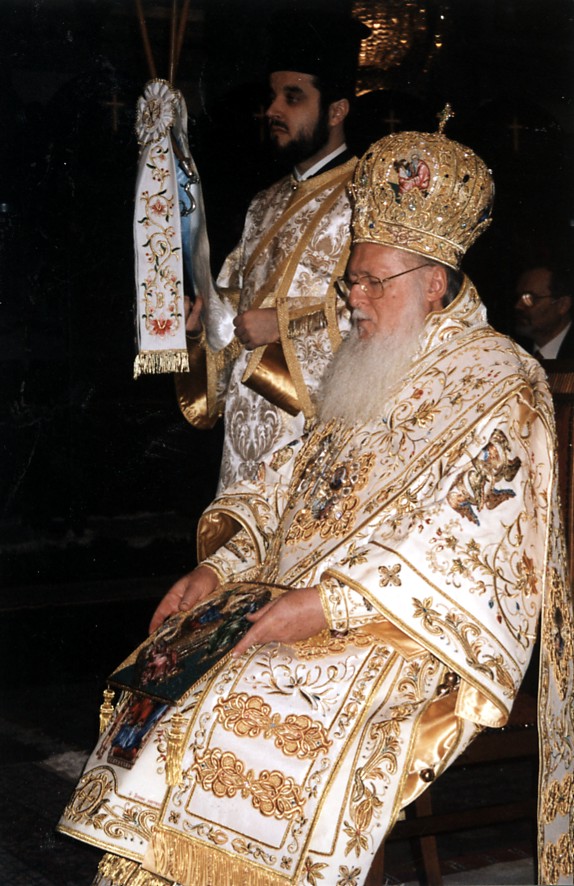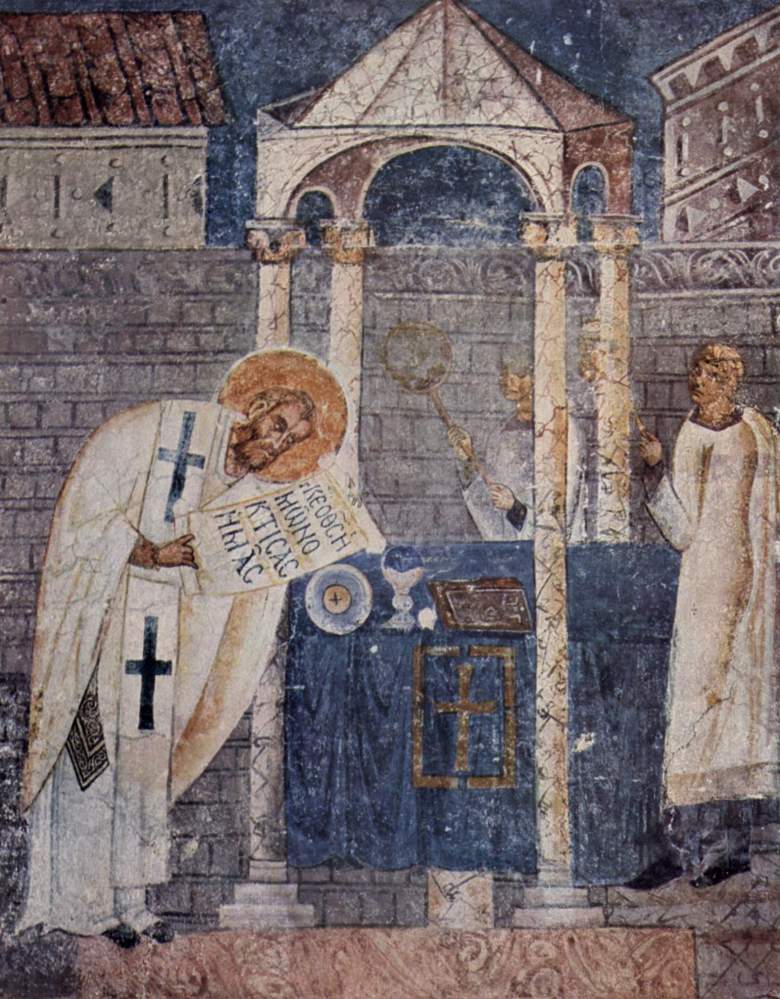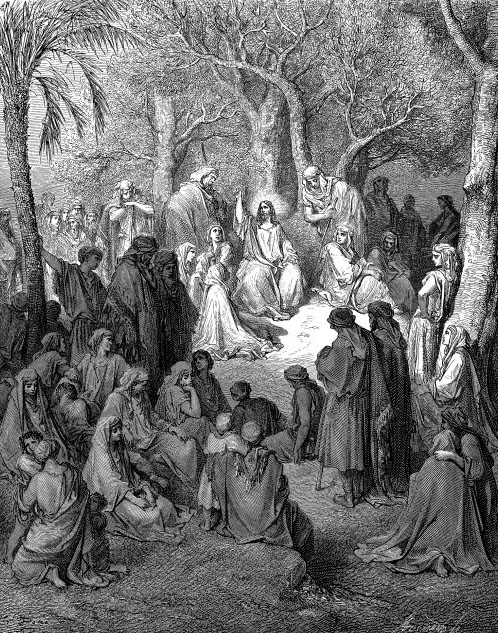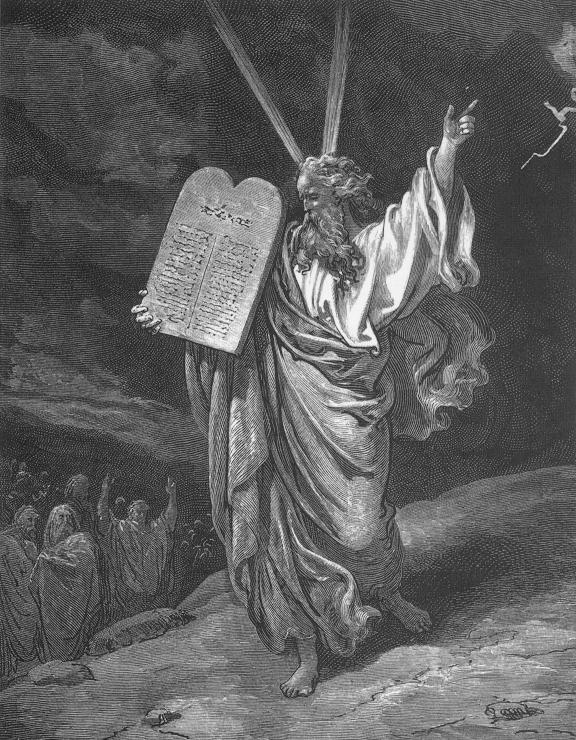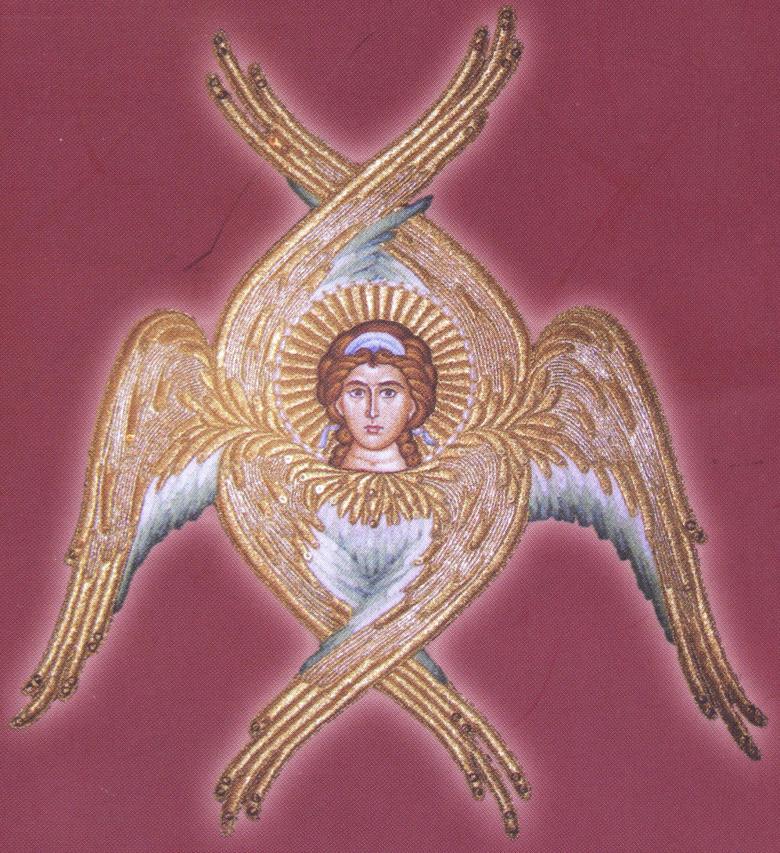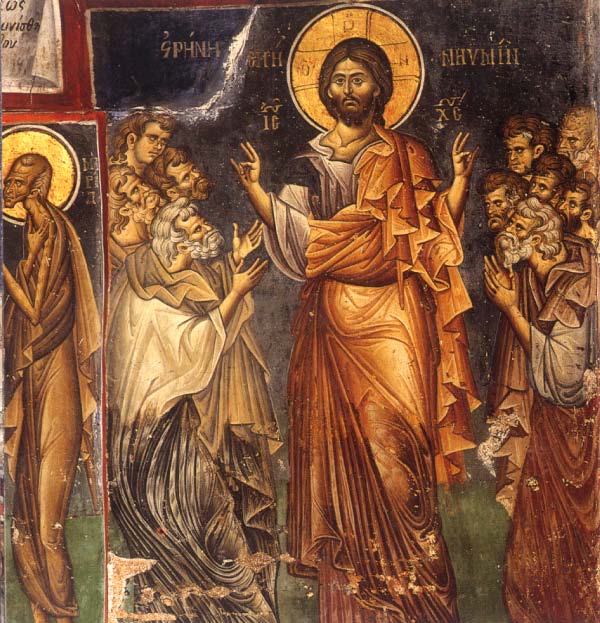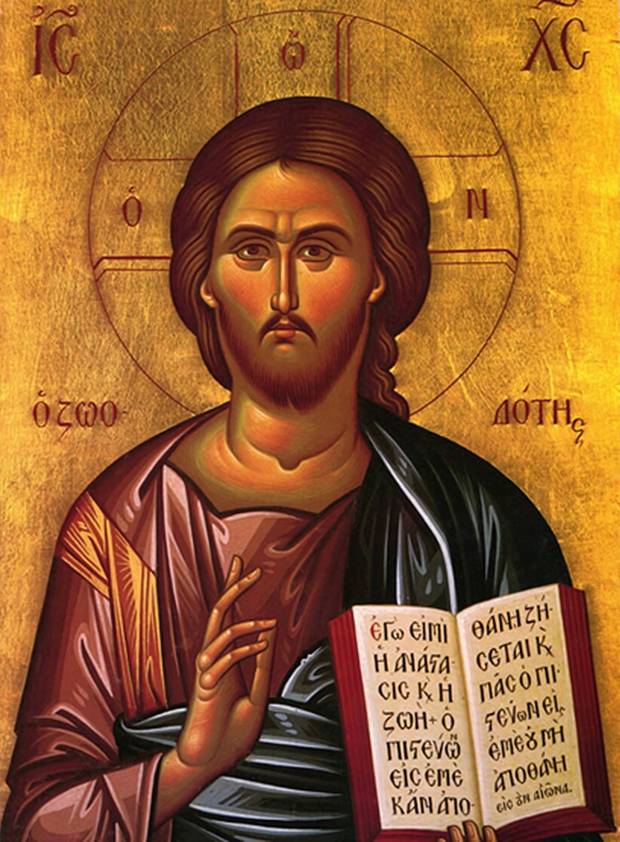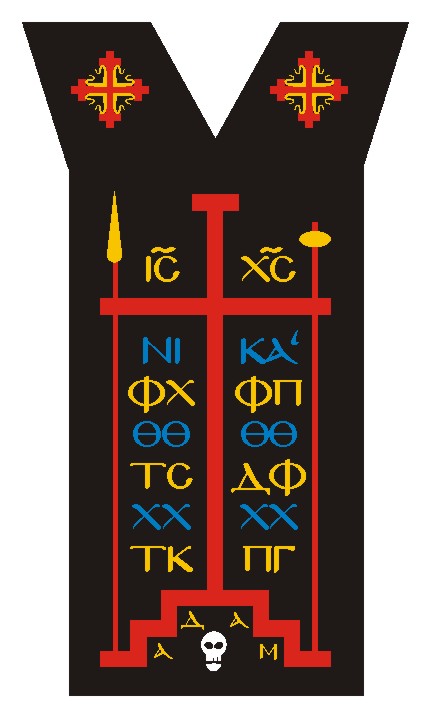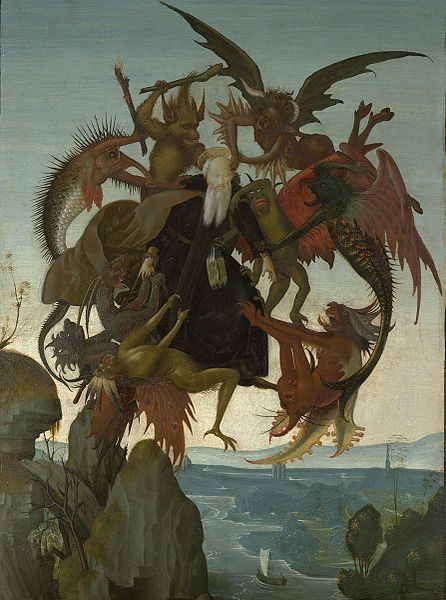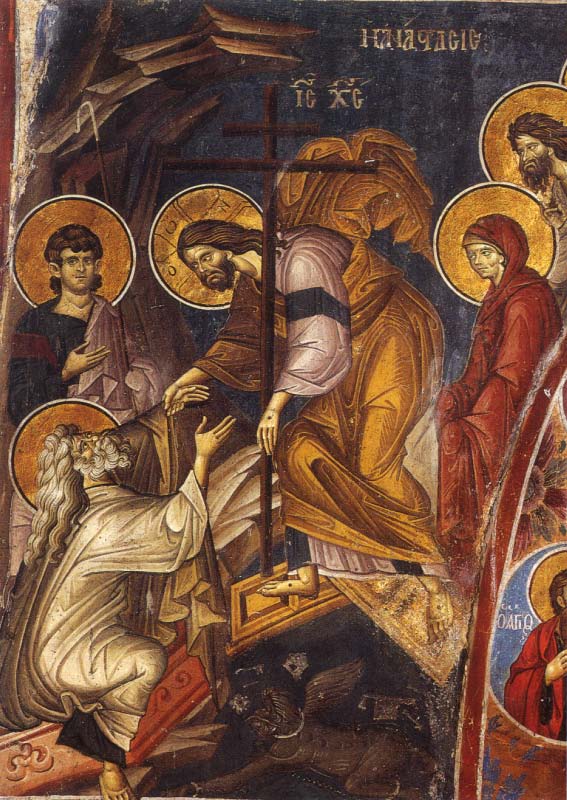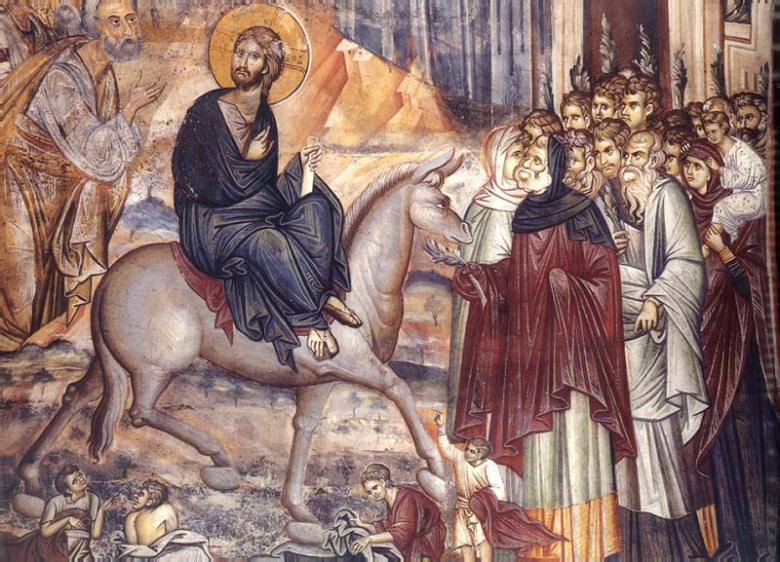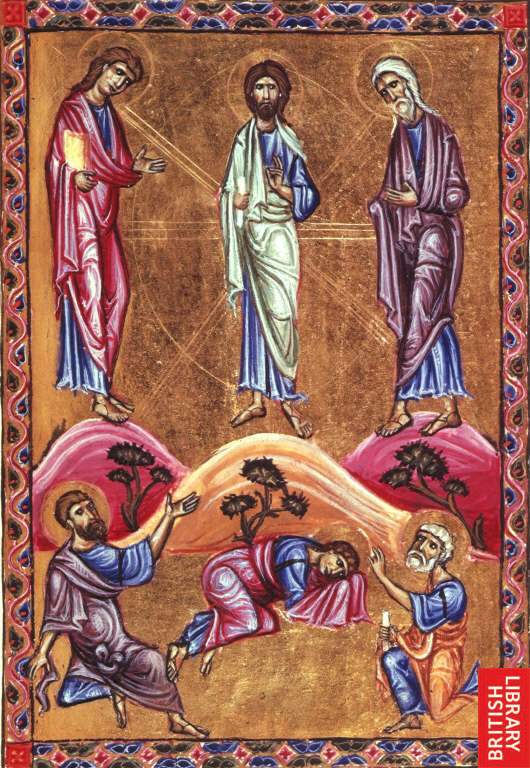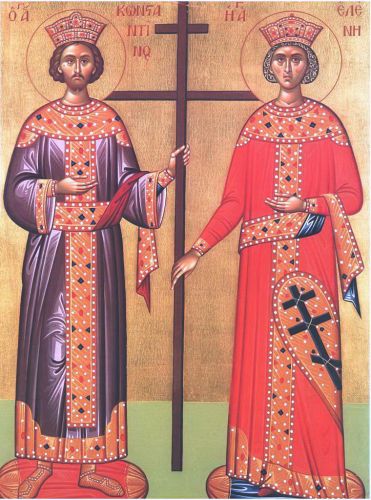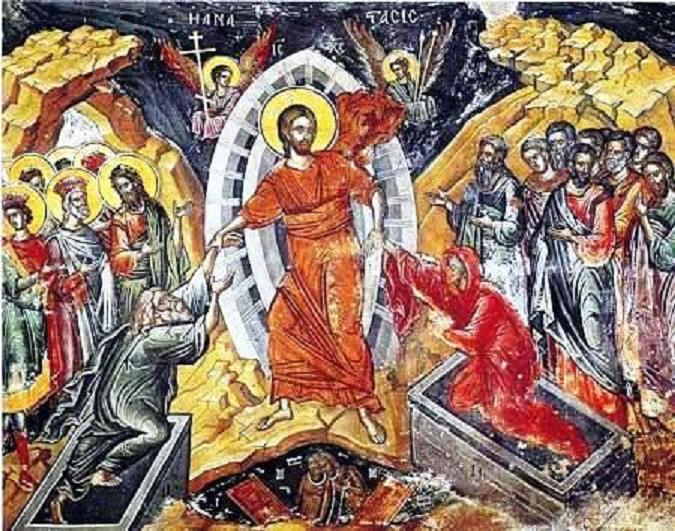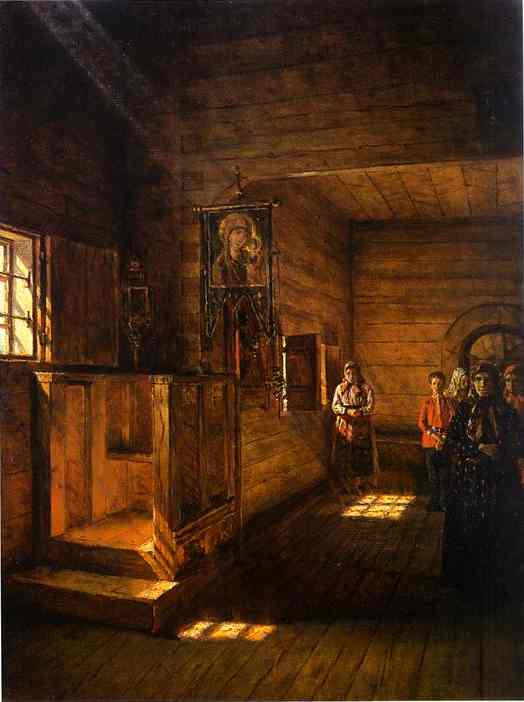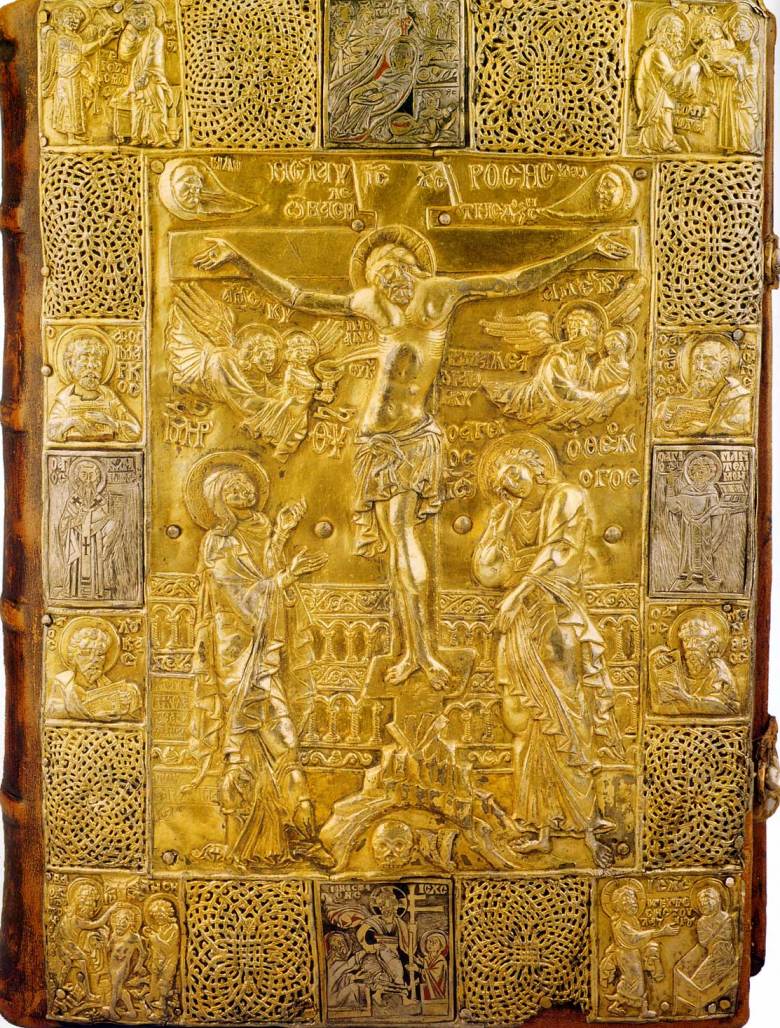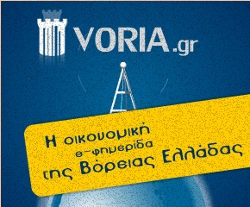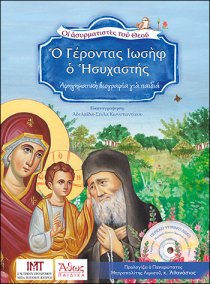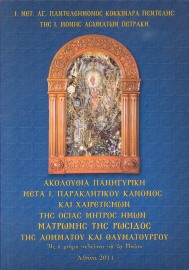
Paining by Viktor Mikhailovich Vasnetsov
Continued from (Part XXXI)
Holy Repentance (Penance — Confession).
The Sacrament of Repentance developed early in the Church’s history in the time of the persecutions of the 3rd and 4th Centuries, when many people, giving in to the threats of the persecutors, apostasized and fell away from the Church. Apostasy was considered to be a very serious sin; many held the extreme position that such could not be received back into the Church in their lifetime, while others held that those who had lapsed should be re-baptized — that is, their sins should be washed away by a second baptism. Moderation, in the course of time, prevailed and a penitential discipline — the Sacrament of Repentance — developed, taking on the meaning of Second Baptism; for this reason it was eventually numbered among the Sacraments of the Church.
After the end of the persecutions, the Sacrament of Repentance remained, so that in the event of sins committed after Baptism, forgiveness could be obtained and the sinner reconciled to the Church. This Sacrament acts also as a cure for the healing of a soul, since the Priest also confers spiritual advice to the Penitent.
Since all sin is not only against God, but also against one’s neighbor, confession and the penitential discipline in the early Church were a community affair and took place publicly before the whole local Christian community. In time, however, Confession has developed into a private action between the Priest and the Penitent, and the Priest is forbidden to reveal to any third party what he has learned in Confession.
In ancient times, before the beginning of Confession, it was appointed to read an entire series of Psalms from which Psalm 51 has been preserved in the present rite, being known as the Penitential Psalm. Then the Priest reads certain prayers, the first of which recalls King David who repented before Nathan the Prophet when he had caused the death of Uriah, the husband of Bathsheba whom David loved. After being rebuked by Nathan, David confessed, I have sinned against the Lord! Read more… Διαβάστε τη συνέχεια του άρθρου »
Διαβάστε τη συνέχεια του άρθρου »
